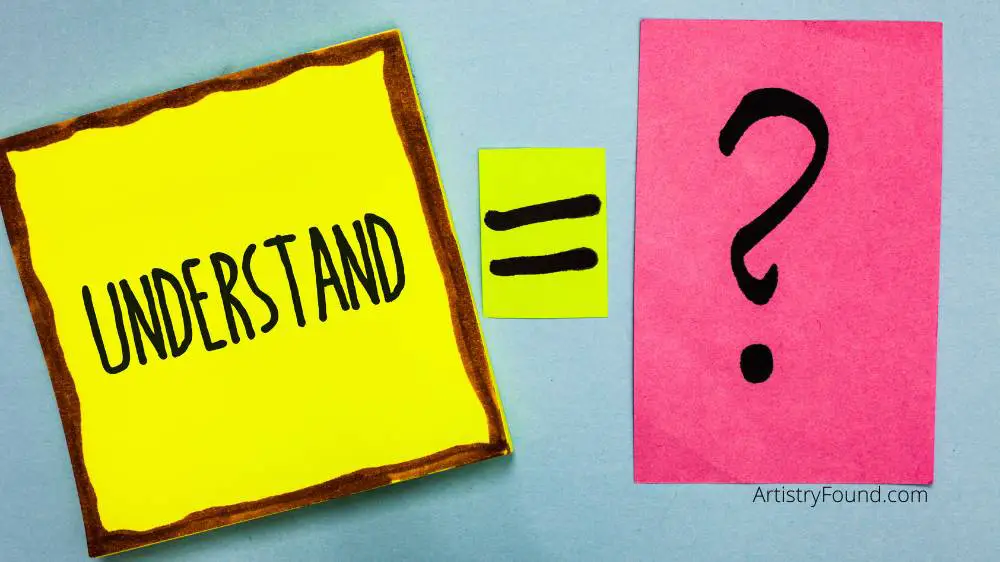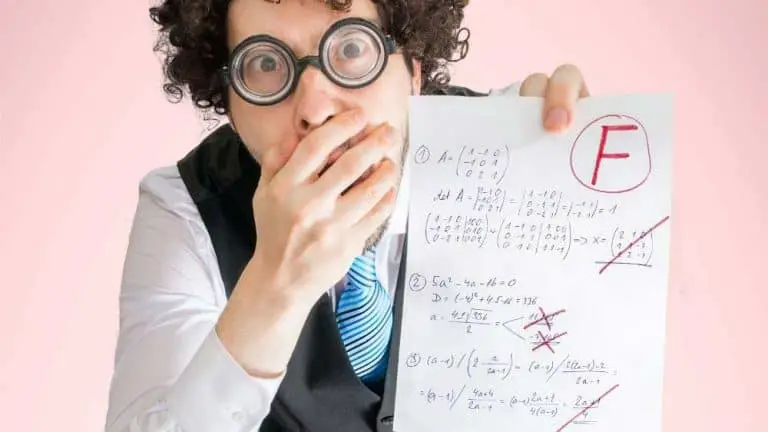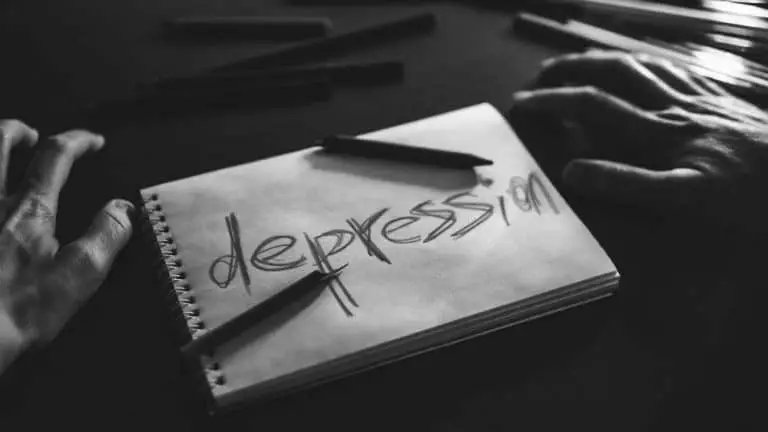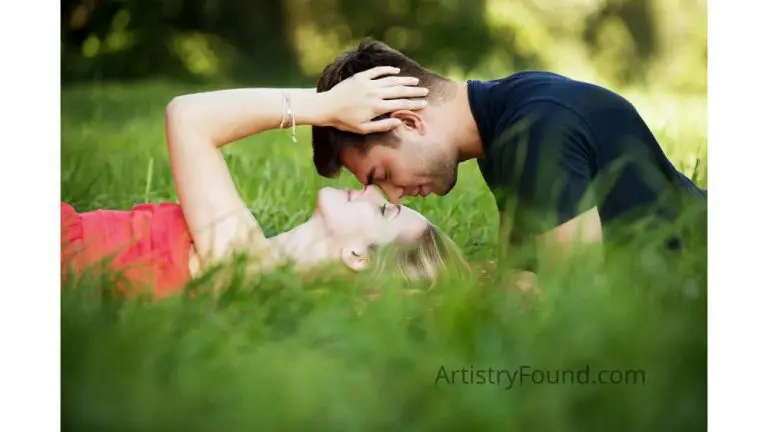What Does Art Mean to You? (5 Things to Think About)
Art is a fundamental aspect of any society. Some say the purpose of art is to express beauty around the world. Others claim that the actual value of art comes from its ability to communicate the truth in ways that influence the viewers for the better. But what does art mean to you?
Art can be anything, including an expression, a painting, illustration, spoken or written word, performance, music, or dance. It can also mean a highly diverse range of human activities engaged in creating auditory, visual, or performed pieces that express the artist’s technical or imaginative skill.
Read on and learn what art means, why there’s controversy in art definitions, and factors to consider when defining art.
What Art Means

(This article may contain affiliate links and I may earn a commission if you make a purchase)
While people have defined art in different ways throughout history, the modern definition is something created with skill and imagination, and that’s beautiful. Creativity plays an essential role in making a work of art. You can also define art as the product or process of arranging elements deliberately to appeal to emotions or senses.
However, the meaning of art is often specific to a particular culture and is shared among the members of the society depending on the cultural context. It is shaped by the techniques, materials, and forms it makes use of and ideas and feelings it creates in the viewers.
Other meanings of art include:
Art As an Imitation of Reality
Plato’s definition of art, according to Research Gate, is anything that replicates or imitates reality. Aristotle agreed on that notion, defining art as “mimesis” (the representation of aspects of the real-world, particularly human actions, in art and literature).
Art As Human Emotion
Sometimes beauty isn’t the ultimate goal of art. Instead, an artist might express something, so the audience is explicitly stimulated to create feelings, curiosity, religious faith, memories, thoughts, creativity, or identification with a group. Hence, art will infect you with your emotions or be infected by others’ emotions.
For instance, the performance art movement doesn’t usually aim to please its audience but instead evokes reactions, feelings, questions, or conversations. In such scenarios, aesthetics might be an irrelevant measure of beautiful art.
Art As a Means to Connect with Your Inner Self
Art can make you connect with your inner self. You can look within and listen to yourself and realize who you are, what you care about, and what you stand for. It can connect you to your feelings, thoughts, perceptions, and outer experiences and realities.
Besides, art introduces you to a whole new set of ideas and experiences that you may have never witnessed before. You can reach a deeper understanding of your emotions and highlight questions you never knew you even had. These experiences enable you to look within yourself since people tend to make emotional choices that they are passionate about.
Art As an Ingredient to Empower the Hearts of People
When an activist shows images of children suffering from oppression or poverty, the work pulls the heartstrings of society’s most influential and elite to make changes. Similarly, when a photographer publishes pictures of war-torn areas, it can catch the audience’s attention, whose hearts may reach out to those in need.
Moreover, art can touch people at their core and give them the power to make real-life changes. It can also instill courage and give back hope in societies undergoing lots of hardships.
Recommended Reading: Abstract Art: How To Tell When it’s Good (or Bad)
Why Does the Meaning of Art Vary?

According to Wikipedia, art philosophers and historians have had long classificatory disagreements about art regarding whether a particular artwork or cultural art form should be classified as true art or not. That makes the definition of art subjective, open, and debatable. Today, the very notion of art continues to stir controversy and is open to several interpretations about what art is and what it’s not.
How Do You Examine Art?
You can examine art through the interaction of the elements and principles of art. The elements include form, texture, shape, space, value, color, and line, while principles of art are unity, movement, harmony, balance, variety, proportion, contrast, and pattern.
Different interactions between the principles and elements of art enable the artist to organize sensorially pleasing pieces while offering the viewers a framework from which to define, discuss, and analyze art.
What Are the Forms of Art?
Visual Arts: These are the oldest documented forms of art that include objects or images in fields like sculpture, painting, photography, printmaking, and other visual media. Architecture can also be included as visual art. However, it entails the creation of objects that have practical use considerations, making it a blend of visual representation and decorative art.
Fine Arts: Historically, fine arts were intended to appeal to human intellect, although today, there are no boundaries. Fine art movements have responded to each other aesthetically and intellectually throughout the ages. Currently, it represents an exploration of the human condition and an effort to experience a deeper understanding of life.
Decorative or Aesthetics Art: Aesthetics is the branch of philosophy dealing with the taste, nature, and art creation and appreciation of beauty. It’s often central to any art exploration. For instance, Michelangelo’s paintings in the Sistine Chapel are recognized widely as beautiful pieces of art.
While many philosophers argue about what makes art beautiful, there’s a basic human instinct or internal appreciation for balance, harmony, and rhythm that can be defined as beauty. So, art can mean an interaction between color, line, texture, sound, motion, shape, and size that’s pleasing to the senses.
However, beauty in art can be challenging to define since it is typically subjective. That’s because there’s no set of values or aesthetic traits when it comes to visually identifying a piece of art. For example, a baroque painting might not share much with a contemporary performance piece or a child’s drawing pinned with pride on the refrigerator. But all can be considered art.
Communicative Art: Art can elicit powerful sentiments and tell relevant stories. It can then be defined as a form of communication and can mean what the artist intended it to be. For instance, films can be made to tell stories of a specific culture, or a song can be composed to boost people’s morale or inspire other people’s stories.
Another example is during the Victorian period in England when women made a name for themselves with classic artworks like Portia Wounding Her Thigh by Elisabetta Sirani. The painting told a story of how women were now willing to distance themselves from gender biases.
Therapeutic or Healing Art: You can define art as a form of therapy, in which it’s used as the primary communication mode. While it’s relatively a young discipline, art therapy focuses on the therapeutic benefits of art-making, using different theories and methods.
For example, studies have shown that art can be a healing way of helping patients with mental illnesses such as anxiety, depression, Alzheimer’s disease, and PTSD by offering them positive energy. It can also give the healthcare workers and families the drive to regain their composure and remain calm.
Reflective Art: This is the kind of art that evokes emotions, whether sad or happy, exciting or disturbing. It makes you feel and think- the pieces make you question the message or interpretation of the artists as well as your feelings and learned parameters.
Reflective art opens minds and hearts, showing you what could be possible in the world. For instance, a painting can make you hopeful, or a performance moves you to tears.
Recommended Reading: The Beginner’s Guide To Conceptual Art: What’s The Big Deal?
Why Does Art Matter?

Art is genuinely a gift to the human experience that people crave. It gives meaning to lives and helps you understand the world. Besides, it enables you to understand emotions better, boosts self-awareness, and opens you up to new ideas and experiences.
Art also has the power to educate the masses about almost anything. It can present information and create awareness that can be absorbed by many quickly. Thus, you can gain knowledge when viewing a painting, sculpture, dance, photograph, play, or poem. And in a world where some people don’t have access to good education, art becomes an even greater equalizer of societies.
Art is usually used as a level playing field for expression and discourse. That’s because everyone can learn and appreciate art regardless of economic standing, social background, or political affiliations.
Moreover, art can make identities and cultures be given due recognition and appreciation. And in a world preoccupied with technology, it can be said that without art, histories, traditions, and cultures would be in danger of being forgotten.
Art accesses higher orders of thinking. Art can make you think about current ideas and inspire you to make yours. It can unlock the potentials of the human mind. Studies show that exposure to art can make a person think, see, hear, and act differently.
Finally, art can showcase the past or predict the future. Hence, it can play a critical role in helping fight against intolerance of various racism, cultures, and other forms of unjust societal segregation.
Art may mean many different things to many different people. The bottom line is that no matter what art means to you personally, your experience of art is true and meaningful. There is no right or wrong way to connect with art.
Recommended Reading: Are Actors Artists (Does Acting Count As Art)?








